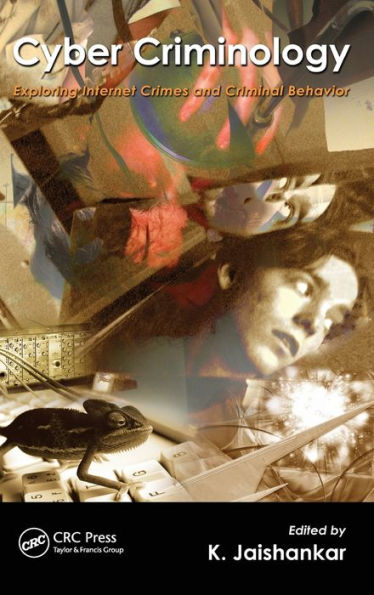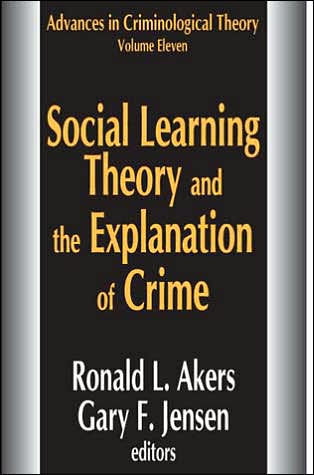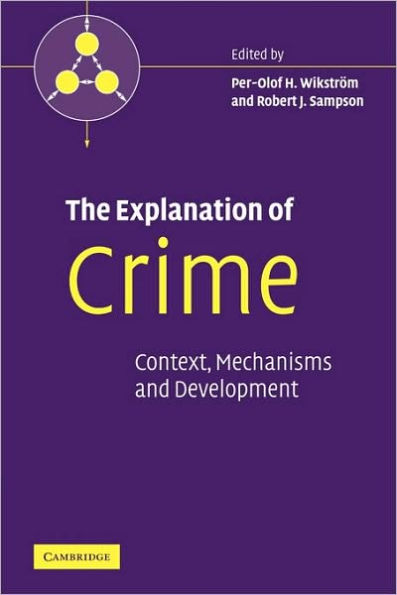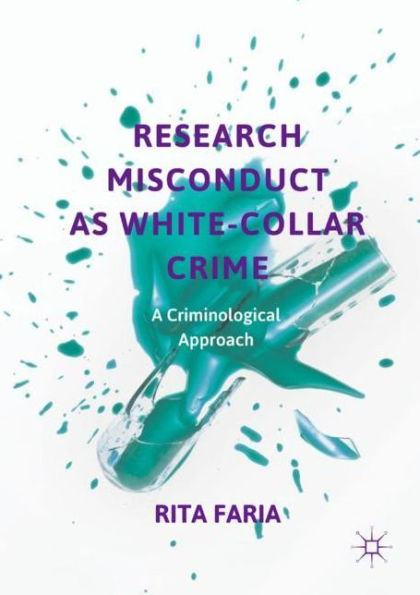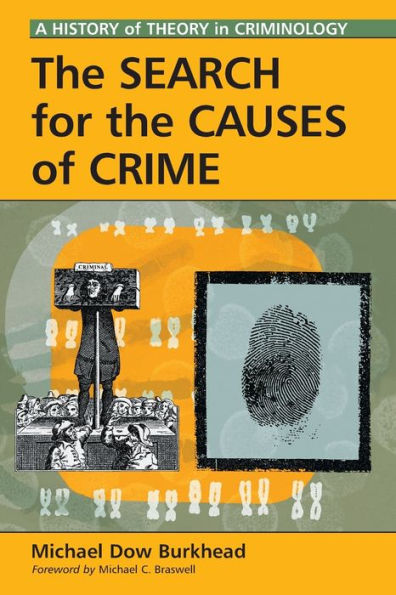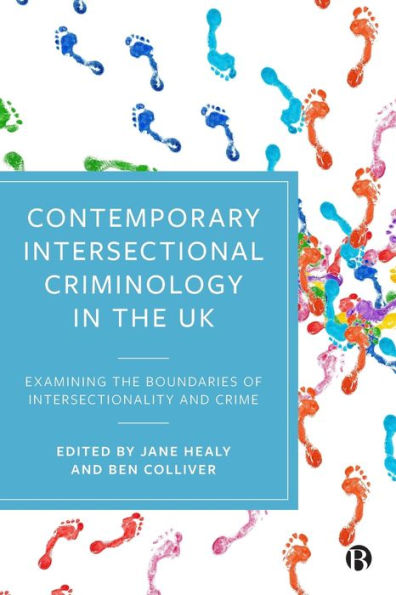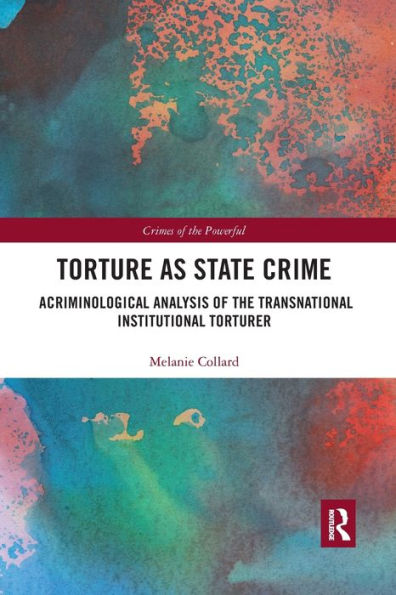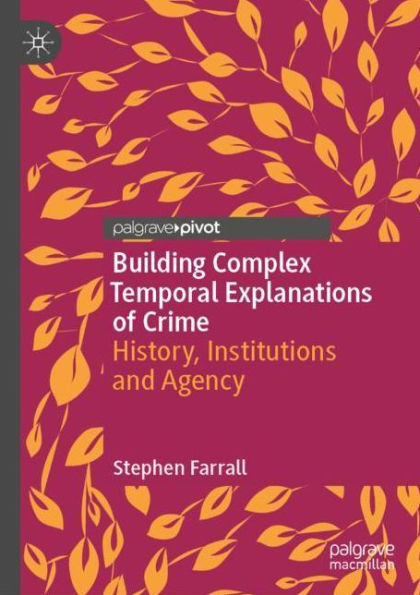Home
Analytical Criminology: Integrating Explanations of Crime and Deviant Behavior
Barnes and Noble
Analytical Criminology: Integrating Explanations of Crime and Deviant Behavior
Current price: $180.00
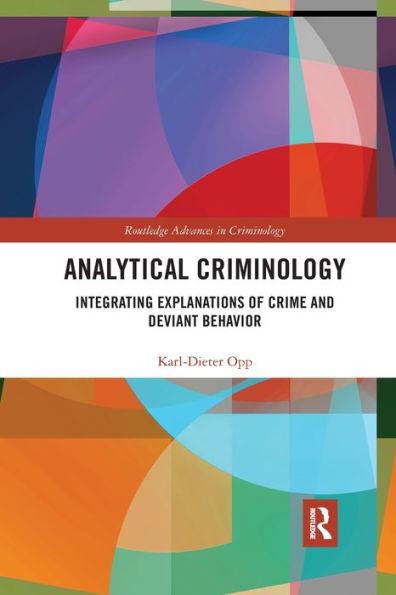

Barnes and Noble
Analytical Criminology: Integrating Explanations of Crime and Deviant Behavior
Current price: $180.00
Size: Hardcover
Loading Inventory...
*Product information may vary - to confirm product availability, pricing, shipping and return information please contact Barnes and Noble
There are more than 20 theories that explain crime. Each theory has weaknesses, and no scholar knows which theory is best. To remedy this unsatisfactory situation a new research program of comparative theory testing is proposed. Comparing the theories
with each other
has not yet been successful. The alternative, suggested in this book, is to show how criminological theories must be modified if they are compared with a
general behavioral theory
. The book shows under which conditions the major criminological theories provide valid explanations of crime. The latter thus become
integrated
as parts of the general theory.
The general theory that is chosen is a version of the theory of rational action. This is not the problematic version discussed in the literature, but states the real conditions of decision making and, thus, explains when people actually violate the law or remain law-abiding.
The general theory is a component of a theoretical approach that explains individual behavior in interaction with societal (macro) conditions. This micro-macro approach is summarized in a proposed
structural-cognitive model
. This is part of the new program of
Analytical Criminology
. It suggests empirical theory comparison, process explanations, and micro-macro explanations.
The book is not only written for readers who are interested in theories of crime and deviant behavior. It is also a treatise in "analytical" (i.e., rigorous) theory construction and empirical theory comparison.
with each other
has not yet been successful. The alternative, suggested in this book, is to show how criminological theories must be modified if they are compared with a
general behavioral theory
. The book shows under which conditions the major criminological theories provide valid explanations of crime. The latter thus become
integrated
as parts of the general theory.
The general theory that is chosen is a version of the theory of rational action. This is not the problematic version discussed in the literature, but states the real conditions of decision making and, thus, explains when people actually violate the law or remain law-abiding.
The general theory is a component of a theoretical approach that explains individual behavior in interaction with societal (macro) conditions. This micro-macro approach is summarized in a proposed
structural-cognitive model
. This is part of the new program of
Analytical Criminology
. It suggests empirical theory comparison, process explanations, and micro-macro explanations.
The book is not only written for readers who are interested in theories of crime and deviant behavior. It is also a treatise in "analytical" (i.e., rigorous) theory construction and empirical theory comparison.
